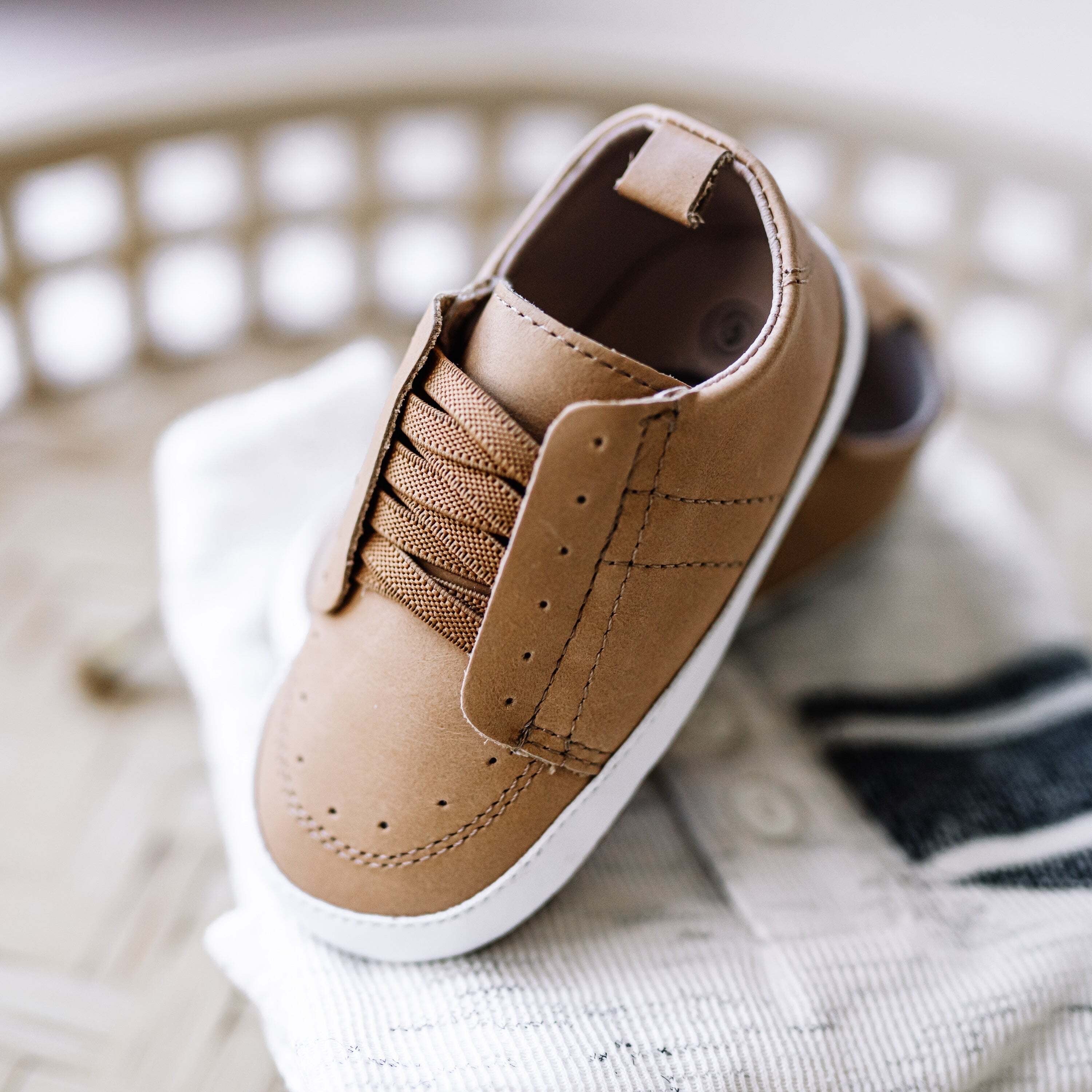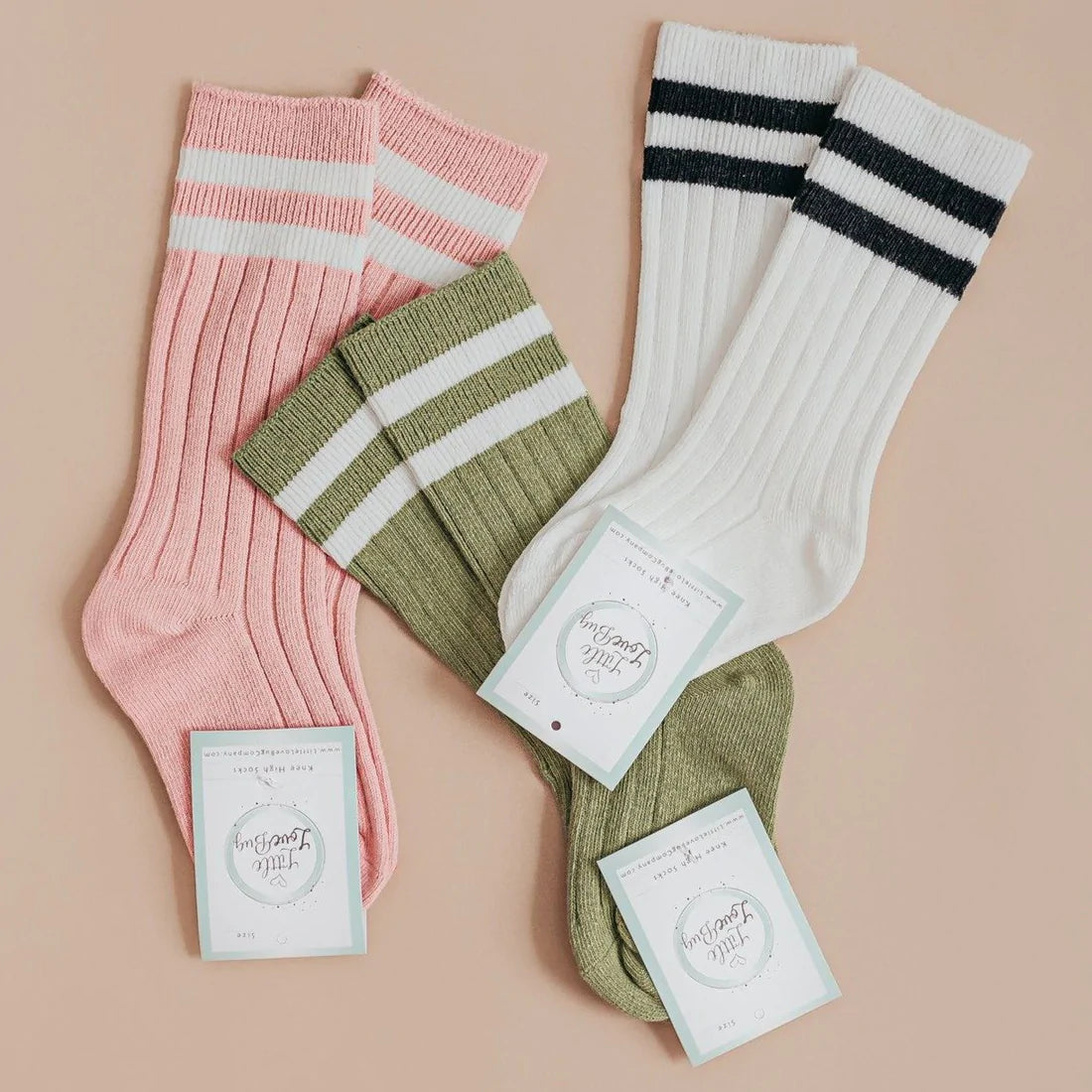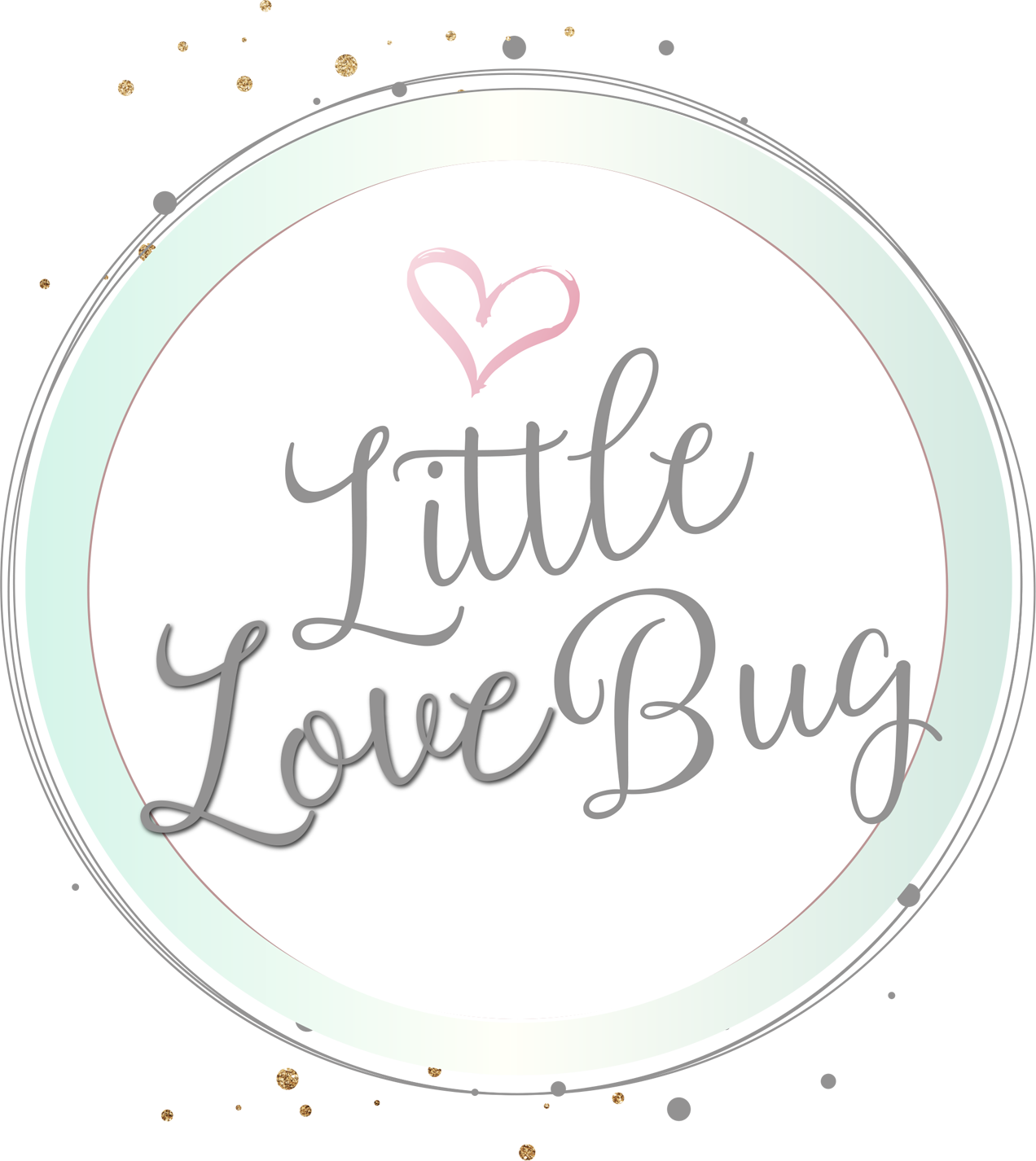
Medically reviewed by a board-certified physician Updated on February 12, 2020
Article from Very Well Family
:max_bytes(150000):strip_icc()/baby-needs-new-shoes-629822550-5956bf6a3df78c4eb67d3974.jpg)
Bronzing your baby's shoes might not be as popular a practice as it once was, but parents are still all too eager to get their baby their first pair of shoes—and sometimes sooner than necessary.
The potential effects that baby shoes could have on developing feet has been debated among pediatricians for decades. Experts at the American Academy of Pediatrics advise against putting shoes on a newborn's feet, and say that babies don't need to wear shoes until they begin to walk.
Once your baby has taken their first steps, your best bet for baby shoes is to make sure they're comfortable and provide some grip on slippery surfaces. They should fit snugly at the heel but still allow room at the toes. Though support won't really stabilize your baby's ankles at this age, shoes with higher ankles will help prevent your little one from taking them off.1
Talk to your pediatrician if you have any concerns about your child's feet or walking, including if toe walking, ingrown toenails, in-toeing or out-toeing, or not walking by 15 months.2
Baby Shoes for Pre-Walkers
Many parents look for a soft-sole shoe as the first baby shoes they buy. These are more decorative than anything else (and can help keep socks on your baby's feet for warmth). Of course, you could also just dress up your baby in a cute pair of socks until they are walking! While they are cruising and crawling, babies need soft socks with non-skid soles more than shoes. If your infant wears decorative shoes, take them off whenever your baby begins to cruise or walk. This will help with their balance.
What to Look For in First Baby Shoes
Once your child is walking, consider price, comfort, and style when choosing shoes. Most importantly, however, protect your baby's feet with flexible, non-skid or skid-resistant soles. Also make sure your baby's shoes fit correctly and aren't too small.1
Save that pair of classic high-top, hard-soled baby shoes just for bronzing. Even at this age, your toddler will likely do better in more flexible, soft-soled shoes. Many brands of shoes for kids are made of very soft leather, which has the benefit of being comfortable and washable.
Flexible soles and good fit are key. Skip the added expense of arch supports, special inserts, reinforced heels, or any other added feature, unless your baby's doctor recommends them.3
Baby Shoes to Avoid
Crocs and flip-flops slip off so easily that you will likely have a hard time keeping them on your kids. This is fine for "barefoot-is-best" families,4 but better shoes can protect your toddler or preschooler from stubbed toes, broken toenails, splinters, and other injuries, even inside the house.
There has also been some concern that Crocs can pose a safety hazard on escalators, as there have been reports of kids wearing Crocs who've gotten their shoes caught and toes injured. If your child has been walking out of their shoes frequently and suffering minor injuries, it's probably wise to graduate them to laced shoes.


